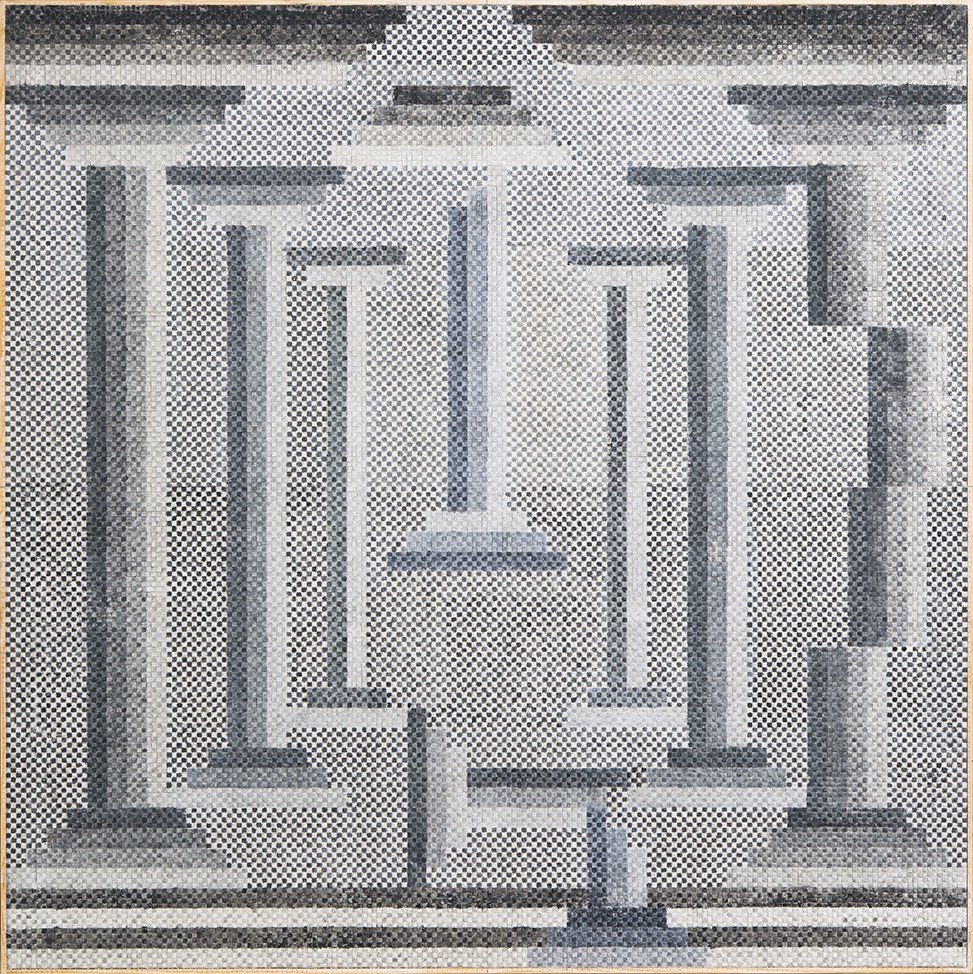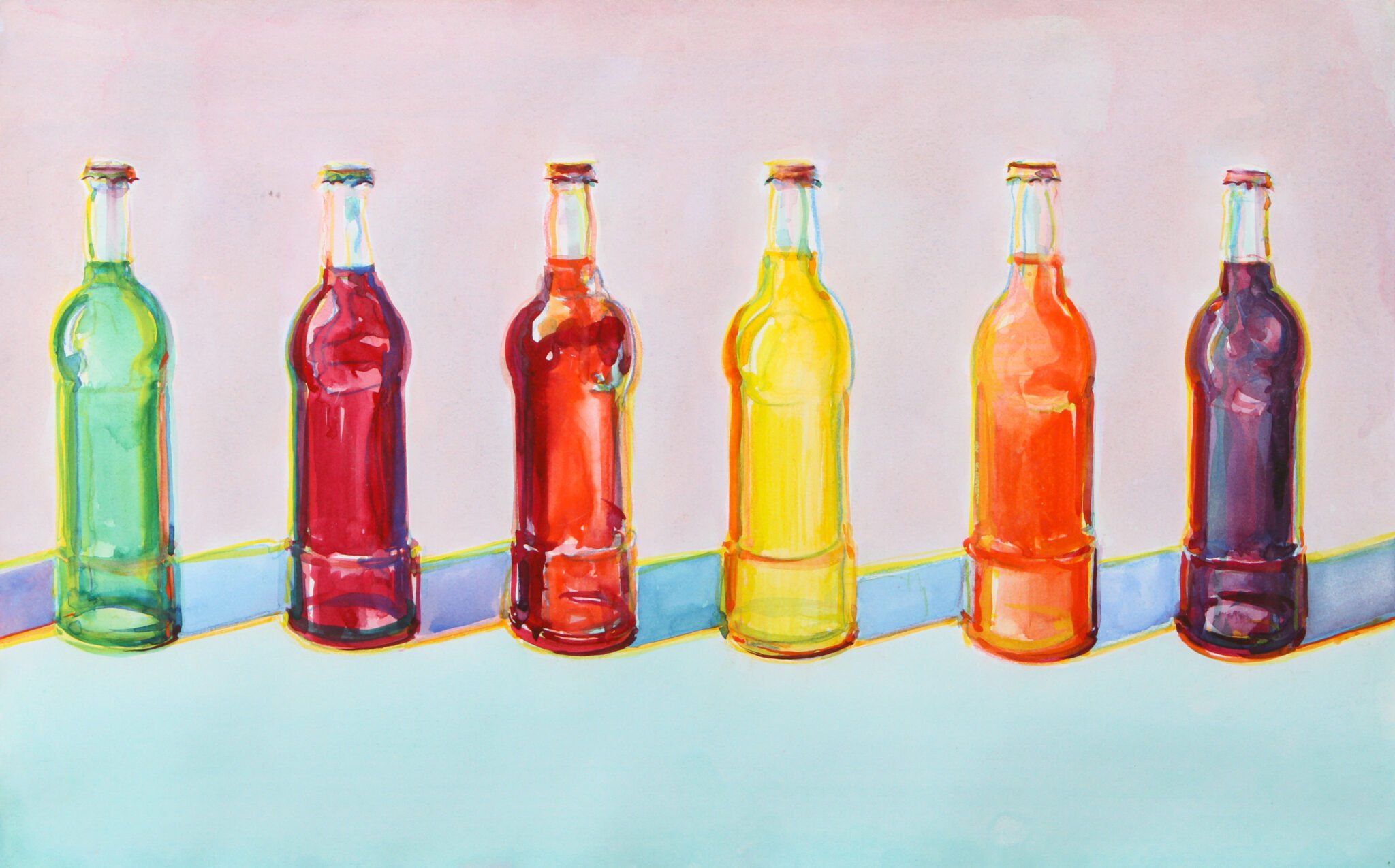THE NEW CRITERION, October 2024
On In the Company of Art: A Museum Director’s Private Journals by Perry T. Rathbone, edited by Belinda Rathbone.
Back before “connoisseurship” became a dirty word, a generation of museum directors learned to “know by the senses” through a Harvard course prosaically titled “Museum Work and Museum Problems.” Created and taught by Paul Sachs (1878–1965), a scion of both Goldman and Sachs and a former Wall Street investor himself, the postgraduate course educated its “scholar-connoisseurs” on matters of quality through visits with art dealers in New York and object lessons and dinners at Sachs’s Cambridge home Shady Hill. The instruction was hands-on, from the study of Greek coinage, to the maintenance of an institution’s physical plant, to the cultivation of museum benefactors. In every case, students honed their powers of discernment while learning how to flip the coin, turn the switch, and seal the deal.
Perry T. Rathbone (1911–2000) was a Sachs graduate who applied these lessons con brio. In the Company of Art presents this museum director’s newly published “private journals” as selected and introduced by his daughter Belinda Rathbone. Beginning in the early 1950s, when he was the director of the Saint Louis Art Museum, but focused on his subsequent and transformative seventeen-year tenure at Boston’s Museum of Fine Arts, the journals and letters collected here find Rathbone “writing in earnest” as he took the helm of a large and luffing institution on the flood tide of postwar expansion. “What dreary galleries, what gloom! And what a behemoth it is!” he wrote to his wife, Euretta de Cosson Rathbone, a highborn British ski racer whom he variously addresses as Rettles, Ret, and Rett, upon arrival in Boston in May 1955.
The journals of many a not-for-profit manager might have limited appeal, even ones documenting important moments, but Rathbone’s were never weighed down with meetings and memos. “My father’s journals are filled with his feelings,” notes Belinda, a New Criterion contributor who has written about Sachs for these pages (“Museum work & museum problems,” December 2018). In the Company of Art locates her father “at the peak of his powers, at the crest of his career, old enough to look back as far as he could look forward.”
The journals convey the observations of a seasoned connoisseur—not just of art, but also of the many famous figures he encountered and occasionally even of himself. Attached to the “educated eye” Rathbone developed through Sachs was an aptitude for concision. Intended for his readership alone, these discerning journals impart their own literary lessons in the elegant powers of description.
Elegance is the stock-in-trade of museum directorship, of course, especially as it comes to the dark arts of benefaction, but Rathbone cut his high polish with just enough world-weariness to make his personality revealing. He drove a 1936 Ford Phaeton, a memento from his sandbox days as a curator in Detroit, well into the 1960s. “Trained in the courtship of the rich,” writes Belinda, “he also learned to see through them.”
Rathbone’s observations could be frank, but they were rarely biting, at least as selected here in these breezy two hundred pages. The appreciation he showed for his own life’s good fortunes conveys an honest ease that grounded his judgment. “I know my life is rich,” he wrote on October 1, 1962, reflecting on “how omnivorous time swallows up the detail of our lives,” but, as he continues, “to read about it makes it seem richer than I could ever remember it to have been.”
Latter-day readers of these journals will be drawn to Rathbone’s character sketches, especially as they concern the notable and quotable. (As the editor, Belinda provides footnotes to better our understanding of person and place.) “After giving him the benefit of the doubt for two days, decided he was a man of limited intelligence,” he writes of Willem de Kooning, after serving on an awards jury with the painter at the Chicago Art Institute. “Quite expressionless. And a staccato monotony of speech I found rather tiring” (October 1, 1953).
“His quite unassuming behavior won me at once, never permitting me to feel odd or even self-conscious,” he notes of a visit to the museum by Aldous Huxley. “He walks with a curious bending gait, a sort of lope, and he looks at the world through the palest of blue eyes, almost as if veiled with mist” (October 14, 1960).
“He’s a sharp observer and a quick, rather tart, talker,” he says of his time with Kenneth Clark, the wartime director of London’s National Gallery and soon to become the television host of Civilisation. “He does look extraordinarily like a turtle . . . not only round the nose and mouth, but even in the eye. And he’s a bit snappy too; even knows and admits he’s been rude” (April 4, 1962).
“Picasso’s eyes are unforgettable and also his delicate tapered fingers,” he writes to Ret from Peggy Guggenheim’s Palazzo Venier dei Leoni in Venice, after a visit to Cannes. “He was like a child in the studio, following all our interests and enthusiasms and bringing out his special treasures for us to enjoy—Degas pastels and the two tiny portraits by Douanier Rousseau” (July 6, 1964).
“Of all the sculptors I have known—Moore, Marini, Calder, Milles, Lipchitz, Marcks,” he notes on a visit to Japan, “Noguchi is the only one who lacks basic kindliness” (March 26–April 14, 1974).
Along the way, we learn about the sticky business of museum acquisition (“a repellant creature,” he writes of one dealer who tried to cut him in on a sale, which he declines, “but he cannot be ignored”; October 18, 1953). There are the expected grievances around the museum board (“an admirable man of the law but possessing not a fiber of aesthetic sensibility,” he says of one trustee; October 13, 1960). Difficult donors conspire to take up his time (“She has a way of detaining her guests—more like a jailer than a hostess”; letter to Ret, June 20, 1964). Museum renovations keep him awake at night (“I can see these galleries as if I were in them, every detail. It is inimical to sleep”; October 26, 1961). Loans are to be pursued even if beyond reach (“Seems to be no hope of bringing the Gioconda to Boston, but at least the effort has been made. . . . Now we can relax”; December 19, 1962). At the same time, the prerogatives of modern art confound him (“I am more at sea than ever over how to formulate a policy of acquisition in the field of modern art for a great museum of historical art like the MFA”; January 31, 1964).
Readers might appreciate Rathbone’s astringent comments on modern architects and urban planners, especially as compared to the lust for anti-contextual additions at today’s institutions. “Americans in the middle of the twentieth century live at the mercy of highway engineers and ‘traffic experts,’” he laments (January 31, 1964). Meanwhile, “Harvard only builds ‘centers’ today,” he writes of the university’s brutalist new home for contemporary art, which features a highway-like ramp. “Nor has this tortured pile of concrete designed by Corbusier any apparent logic within or without” (December 18, 1962).
At the crux of this volume are Rathbone’s interactions with the Kennedy administration and in particular his time with the First Lady. For this head of Massachusetts’s flagship museum, Camelot came calling in a way that might otherwise have been reserved for Washington’s National Gallery. At first, Rathbone begs off his invitation to the inauguration. “Who wants to be swallowed up amidst thousands”? (January 16, 1961). In the end, a blizzard and a railroad strike conspire to keep him away. Nevertheless, three weeks later, “Mrs. Kennedy telephoned me this morning from the White House! I couldn’t have been more surprised and thought for an instant that someone was pulling my leg” (February 4, 1961).
After lending a suite of American watercolors, the Rathbones travel to the White House to see these works by Sargent, Homer, Prendergast, and Hopper hanging in the West Sitting Room. “The charming Mrs. Kennedy soon appeared. Her ultra simple attire made me feel that I belonged to a different generation. In a way it stated the triumph of the proletariat” (April 18, 1961). Later that year, Rathbone returns for a concert in the East Room by Pablo Casals: “a glittering company all around absorbing great sonorous music from a great artist, I was conscious of my privilege every moment” (November 17, 1961).
Museum directors must be acquisitive by nature, especially those leading American institutions in times of growth. Rathbone was a treasure hunter out of necessity, a swashbuckler who enjoyed collecting personalities and far-flung experiences perhaps even more than the art itself, at least judging by the attention paid to each in these journals. “I am always surprised at my success” (October 1, 1960).
The happy disposition revealed here conveys an innocence on the subject of Rathbone’s ultimate denouement and serves in part to exonerate his fateful lapse in judgment. The matter concerned “The Boston Raphael,” the title of Belinda’s previous book on her father and the cause of his resignation from the MFA. Charged with landing the big one in honor of his museum’s centenary year, Rathbone acquired a Raphael portrait from Italy that proved to be anything but—“maybe Lorenzo Costa on a good day,” said one expert. After much fanfare, the means of its acquisition were challenged and the painting restituted to Italy, where it now resides off-view.
Of this “greatest of all adventures,” he writes to Rett in the days after negotiating its purchase on the Italian Riviera, “I spent the afternoon sunbathing and I swam and swam again from the rocks.” Although he lived for another thirty years after this letter from the Hotel Porta Rossa, Firenze, of July 15, 1969, Rathbone’s charmed journals, at least as collected here, had just about reached their end.
















